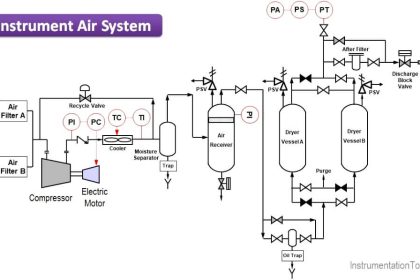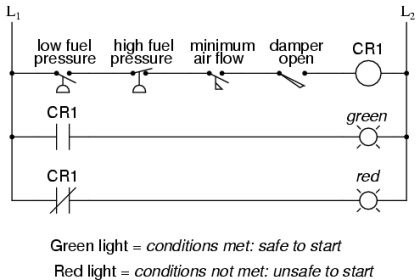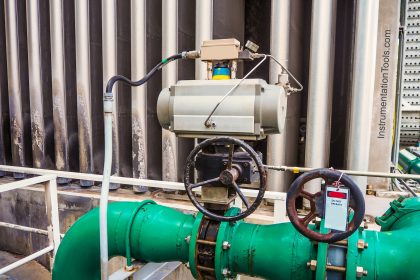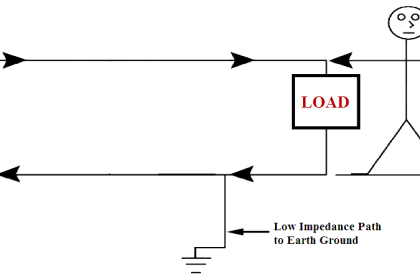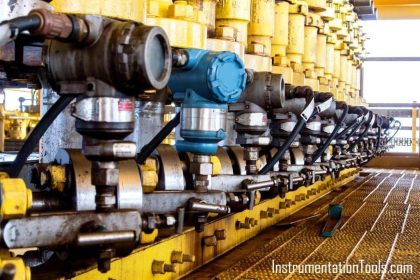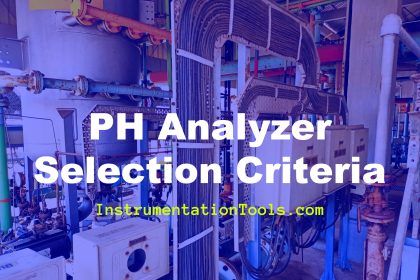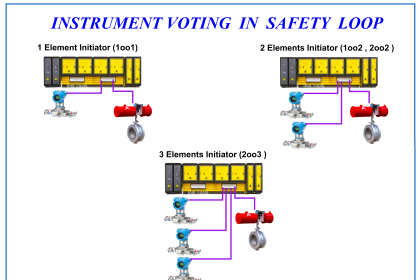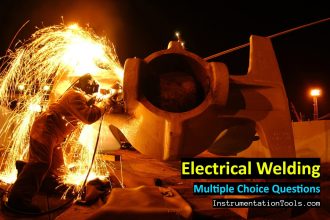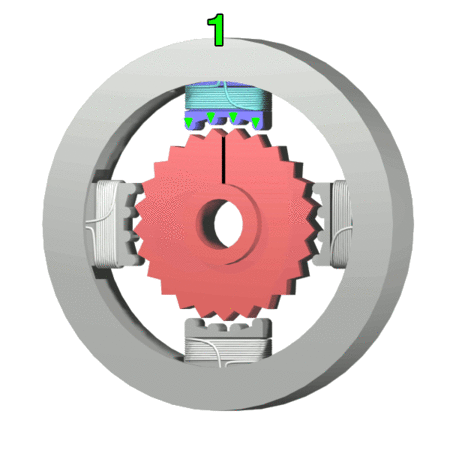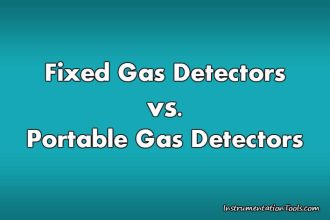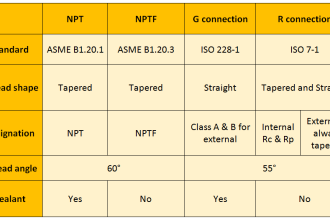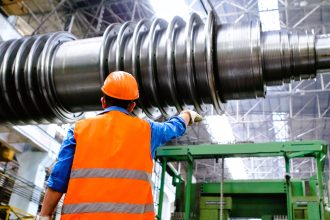The measurement is displayed for observation by plant personnel. Typically, the display uses analog principles, which means that the display presents the measurement as a position in a graphical format, which could, for example, be the height of a slide bar or the position of a pointer. Often, the value is displayed as a line on a trend plot that provides the values for some time in the past.
In addition, the measurement can be displayed as a digital number to provide more accuracy for calibration. Finally, measurements that are transmitted to a digital control system can be stored in a historical database for later recall and for use in calculating important parameters useful in monitoring process behavior, for example, reactor yields or heat transfer coefficients.
The engineer must ensure that the measurements are displayed where needed by personnel. Several common approaches are briefly summarized in the following.
Local display – A sensor can display the measurement at the point where the sensor is located. This information can be used by the people when monitoring or working on the equipment. A measurement that has only local display involves the lowest cost, because the cost of transmission and interfacing to a digital system are not required. Note that no history of these measurements is available unless people record the values periodically.
Local panel display – Some equipment is operated from a local panel, where sensors associated with a unit are collected. This enables a person to startup, shutdown and maintain the unit locally. This must be provided for units that require manual actions at the process during normal operation (loading feed materials, cleaning filters, etc.) or during startup and shutdown. Usually, the values displayed at a local panel are also displayed at a centralized control room.
Centralized control room – Many processes are operated from a centralized control room that can be located a significant distance (e.g., hundreds of meters) from the process. The measurement must be converted to a signal (usually electronic) for transmission and be converted to a digital number when interfaced with the control system. A centralized control system facilitates the analysis and control of the integrated plant.
Remote monitoring – In a few cases, processes can be operated without a human operator at the location. In these situations, the measurements are transmitted by radio frequency signals to a centralized location where a person can monitor the behavior of many plants. Typical examples are remote oil production sites and small, safe chemical plants, such as air separation units.
